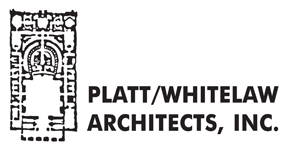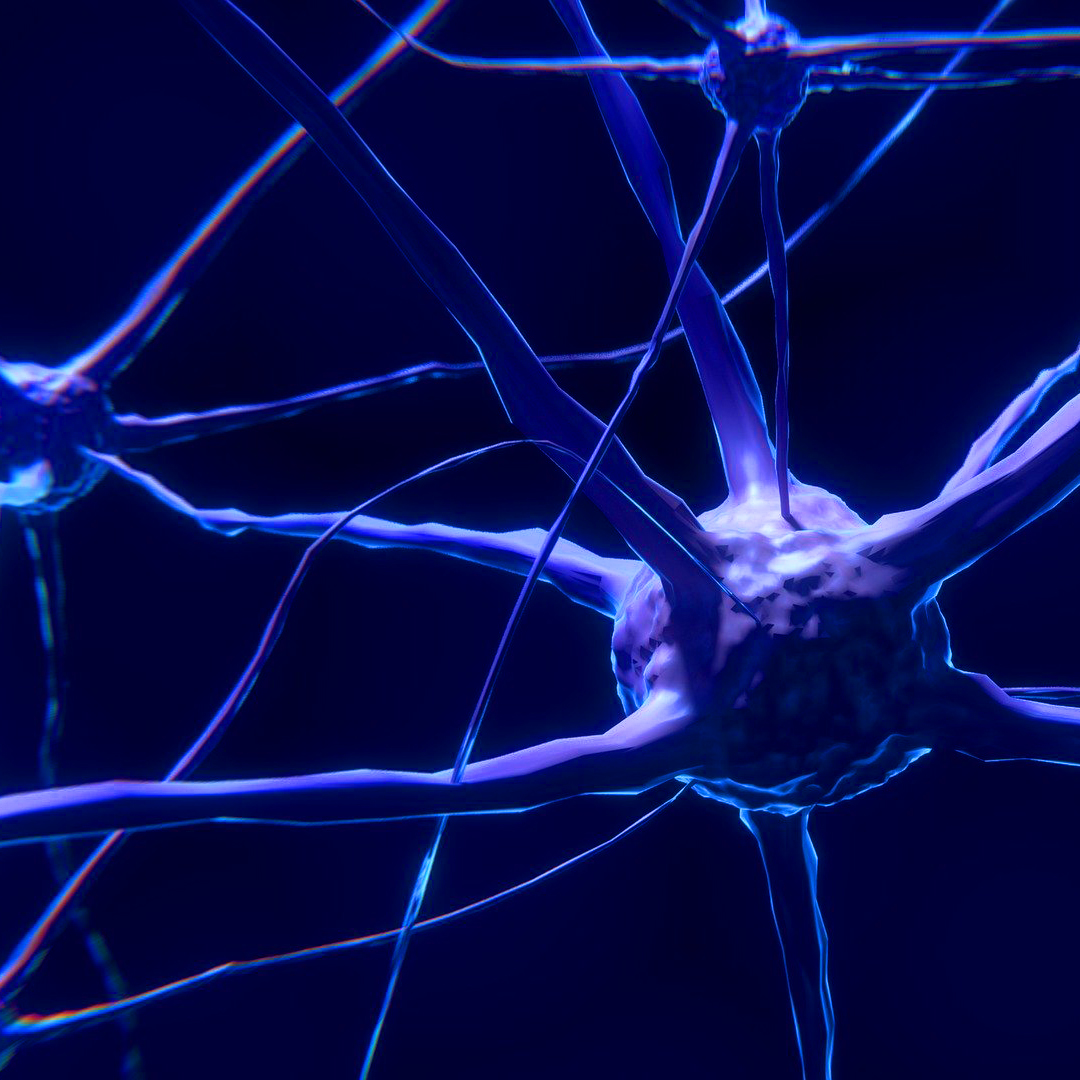Neuroscience Research Promises to Elevate the Human Experience in the Architectural Environment
By Alison Whitelaw, FAIA
I propose that a new knowledge base from neuroscience be developed that will enable designers to respond to cognitive experiences of spaces and places and allow architects to combine these design concepts with adaptive technology for the fabric of cities and buildings.
- John P. Eberhard, FAIA, Brain Landscape (Oxford University Press)
Such was the premise for forming the Academy of Neuroscience for Architecture (ANFA) 15 years ago – an institution co-founded by Eberhard. The Academy, a collaboration between architects and neuroscientists, promotes and disseminates emerging research that studies relevant neuronal constraints on sensory performance and how they can they inform the design of the built environment.
This is no small task.
The three pounds of matter we house in our skulls contains as many as 100 billion neurons, each firing five to 50 times a minute, making synaptic connections to other neurons. Experts estimate each human brain contains up to 1,000 trillion synapses. And now, through technology, these connections are trackable.
Technology provides the tools to track brain activity in non-invasive, mobile, real time and is allowing architects, in collaboration with neuroscientists, to augment evidence-based design.
Evidence-based design is now a well-established design tool for architects. It involves gathering relevant intelligence (literature searches, surveys, interviews, observations); setting measurable outcome goals; implementing translational design; and measuring and sharing outcomes.
ANFA seeks to add research protocols and hard science to designers’ evidence-based design knowledge base – possibly offering a new, enhanced design tool.
Through his research and that of others, neuroscientist Fred “Rusty” Gage, PhD concluded the following.
“While the brain controls our behavior and genes control the blueprint for the design and structure of the brain, the environment can modulate the function of the genes and, ultimately, the structure of our brain. Changes in the environment change the brain and, therefore, they change our behavior… architectural design changes our brain and our behavior.”
Rusty was among other researchers who discovered that exposure to enriched environments increases the birth of new neurons, which is called neurogenesis, and, similarly, that new synapses can be formed (the new neurons can be “programmed”), which is called neuroplasticity.
Neuroscientists are constrained by available funding, and much of the funding currently available goes to study pathology of the brain. We are, however, starting to see studies performed that shed light on how the environment can enhance the performance of healthy brains.
For example, research by Dr. Stanley Graven and others showed that, given the immature and critical state of brain development of preterm neonates, the traditional, unregulated neonatal intensive care unit (NICU) environment can be expected to have harmful consequences on sensory development.
Noise, light and painful stimuli interfere with the neonate’s visual and auditory development as well as its ability to sleep – a complex process that is absolutely required for normal neuronal migration and brain development.
This study suggests design implications for light characteristics; sound characteristics; and touch and connection in the neonatal environment.
A study from Boekelheide NICU environmental research program at Sanford Children’s Hospital, Sioux Falls, South Dakota went a step further.
Using metrics of periodic breathing and awake time, the study compared a new design prototype of the single-family, environmentally controlled room with the conventional open bay NICU. Metrics significantly improved in the prototype, leading to new standards for NICU design.
Further research may affect how we support healthy brain development with architectural design throughout childhood, not just during pre-term development, since different areas of the brain continue to develop throughout the maturation process.
In another pioneering study of how the brain reacts to a person’s environment, Huda Akil PhD, professor of the University of Michigan, examined the effects of solitary confinement (as presented at the ANFA Conference in 2018).
Dr. Akil’s research showed physical harm to the brain as a result of solitary confinement. Chronic stress damages nerve cells in the hippocampus, which controls emotion, depression, learning and memory, as well as in the amygdala, which is involved in emotionality and motivation.
Physical outcomes identified from extended solitary confinement included loss of visual abilities (no opportunity for distance vision), loss of depth perception and loss of orientation and wayfinding abilities.
Researchers have also found that unregulated circadian rhythms can contribute toward emotional and physical health issues and learning and memory functions. The study is especially relevant for modern lifestyles full of artificial light, electronic screens, night shifts and more.
One application that attempts to design for balanced circadian rhythms is the ACC Senior Care Center in Sacramento. The U.S. Department of Energy conducted a study, installing a tunable LED lighting system that simulates the daily variations in color and intensity of natural daylight.
The results are notable, with over 40% reduction in depression and behavioral issues in dementia patients (yelling, agitation, crying) and less sleep disruptions.
Wayfinding is another concern in geriatric care and beyond. Through research, we know the brain contains several types of cells controlling this.
Place cells: were first discovered by John O’Keefe in 1971 through experiments with rats moving freely in mazes. He found that whenever a rat was in a particular location in the maze, a particular hippocampal neuron would fire. Each place in the maze had its own particular corresponding neuron. However, there was no obvious correlation between the patterns of place cells in the brain and the spatial relationships of the actual places in the maze.
Grid cells: it was 30 years later that Edvard & May-Britt Moser (Kavli Institute, Trondheim, Norway) identified grid cells which, in effect, organize the relationships of distance and direction between place cells.
So, our brains have a comprehensive positioning system, an inner GPS, a cognitive map. The map consists of hippocampal place cells and entorhinal cortex grid cells, along with head direction cells, border cells and speed cells.
One of the first practitioners to apply implications of wayfinding research to design is John Zeisel in his Hearthstone Alzheimer Care facilities, applying the following design strategies:
- camouflage and control of dangerous exits;
- creation of walking paths with clear visual destinations;
- use of familiar visual cues;
- recognizable decoration of distinct common spaces; and
- provision of safe therapeutic gardens.
Additional visual perception research from Tom Albright PhD at The Salk Institute reveals that we have a highly organized visual neuronal system for representing contour orientations. Thus, architecture that reflects closely aligned orientations is perceived and processed more easily through the visual system – more clearly stated, our brains prefer the familiar over the novel…however, visual complexity stimulates brain activity.
So, how do we determine the optimal balance between familiarity and novelty to promote appropriate levels of attention in the built environment?
Finnish architect Juhani Pallasmaa said, “The profession of architecture has been threatened today by cultural materialism, that buildings are turning into superficial merchandise instead of being settings for meaningful life, that we are losing our position of builders of a humane and cultured world and turning into a service profession that merely fulfills the desires of investors and politicians.”
He concludes that“we need to reestablish the cultural identity and artistic autonomy of architects and that this reform begins with an education that combines scientific knowledge with artistic vision, rational methods with intuition, and rigorous thinking with imagination and empathy.”
Through the efforts of ANFA and researchers around the world, Pallasmaa just might get his way.
Alison Whitelaw is co-founder of the Academy of Neuroscience for Architecture and led Platt/Whitelaw Architects as owner and principal from 1991 through 2019
Image by Colin Behrens from Pixabay





